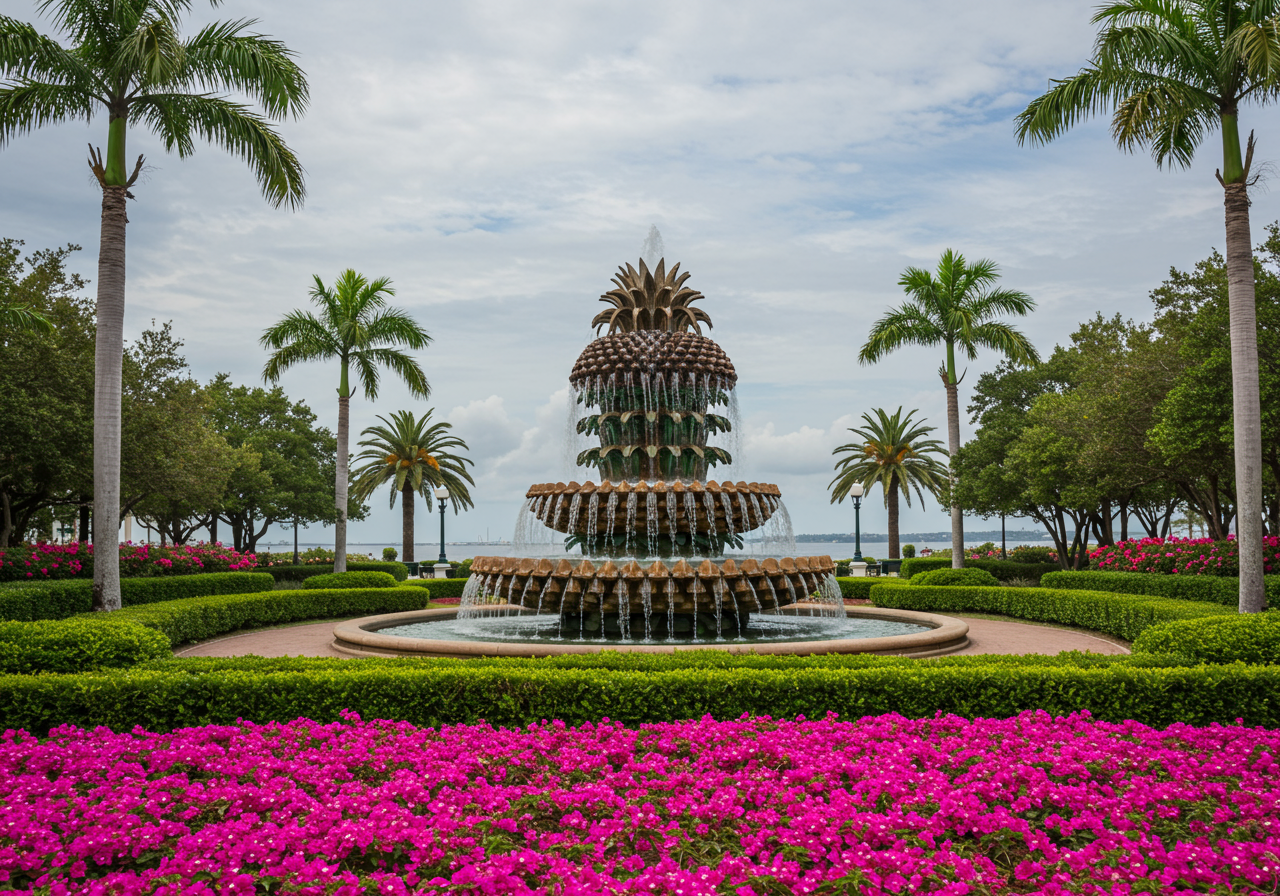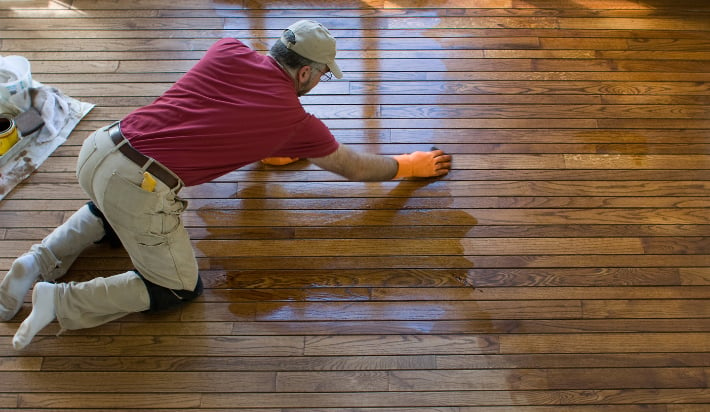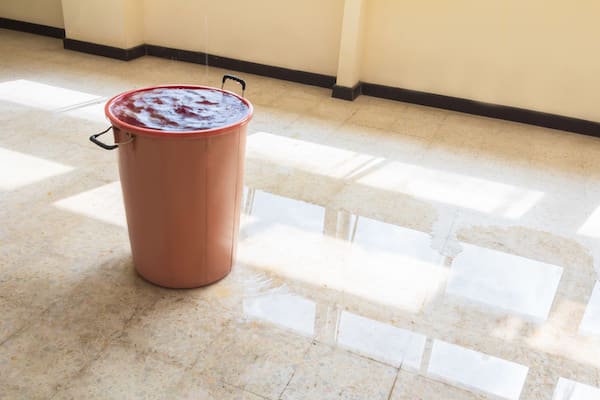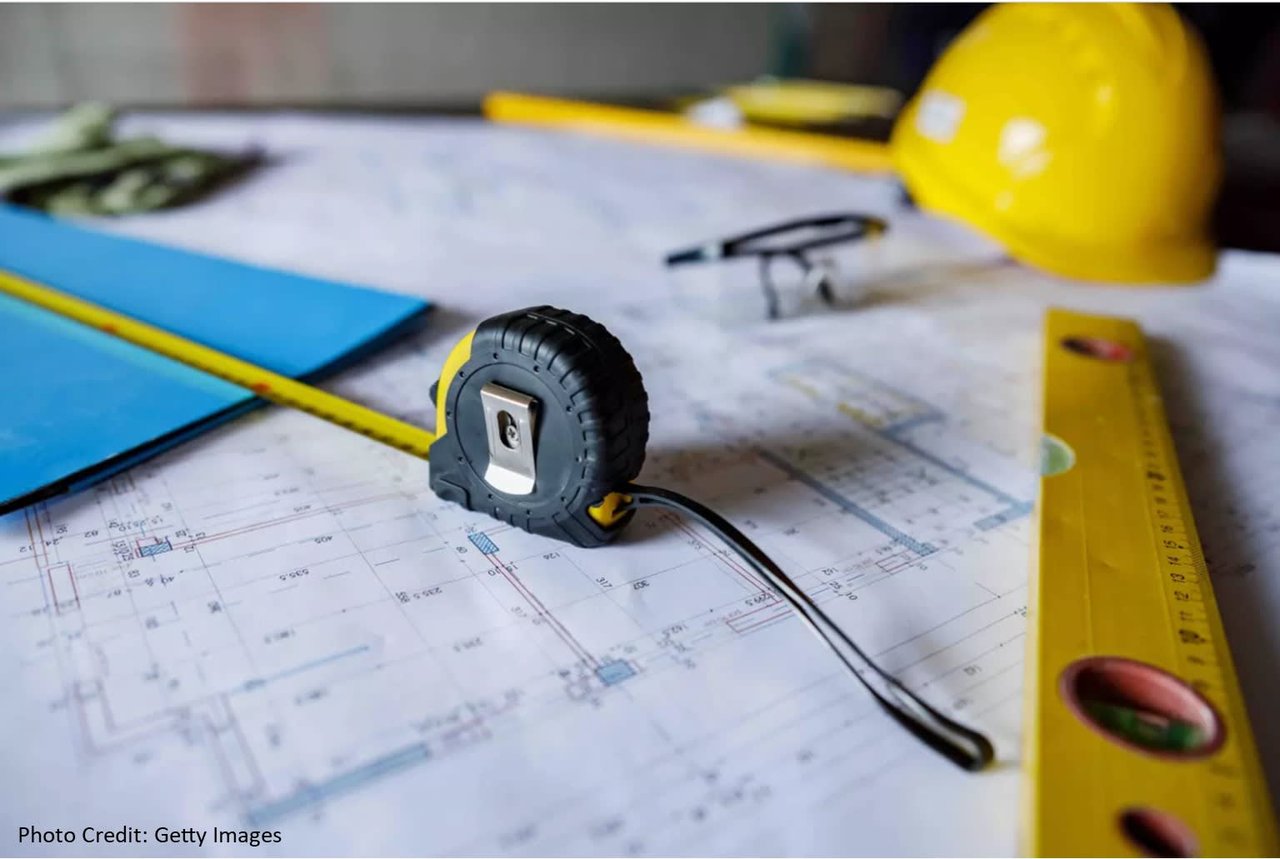
Flower gardening is one of the most satisfying types of gardening – its only purpose is to bring beauty into the world, and who of us doesn’t need that? Before you go off willy-nilly to the nursery, you need to spend some time familiarizing yourself with the whats, hows, and whys of flower gardening to get the best result.
There are three kinds of flowers to work with: perennials, annuals, and biennials. Perennials come back every year with no replanting; annuals have to be planted each year, and biennials last at least two growing seasons. A good combination of all three types gives you a nice variety of flowers. Most annuals bloom all summer long with proper care and add brilliant color to your display. Perennials bloom for short periods of time, and with planning, you can ensure that as one variety is shutting down for the year, another type will start to bloom.
Spend some time at your local library researching different types of flowers that thrive in your particular climate. You can also take a few fact-finding trips to local nurseries and pick their brains about the best choices for a flower garden in your area. And plant catalogs provide climate zone information with each plant they sell.
Take into account the lay of your land. Sketch what you want and where you want it. Your choice of flowers will depend on how much sun, shade, and drainage your selected plot receives. You can even design your garden according to color. Planting complementary colors (blue and orange, purple and yellow, green, and red) next to each other makes a bold statement. Find out how tall each plant becomes so you can plant your tallest flowers in the back and your shortest in front.
When getting ready to plant your garden, take the starter plants, and place them in your prepared flower bed to get an idea of what the final result will be. This way you won’t be surprised and disappointed by how it looks after the plants are already in the ground. Now you’re ready to plant.
For transplants:
- Dig a hole just slightly bigger than the plant's rootball.
- Tap each side of the flower's container with a trowel to loosen the rootball.
- Place one hand over the top of the rootball and turn the container upside down, so the rootball is resting on your hand.
- Pull the container off with the other hand.
- Set the rootball in the hole right side up.
- Cover the rootball with loose soil and press down firmly.
- Water the rootball thoroughly.
When all the flowers are planted, water them thoroughly and make sure the soil stays moist till they're established. Most flowers can get through a growing season with one, early-spring application of fertilizer. A mid-season feeding of a high-phosphorous fertilizer will promote flowering and help them through the summer. Follow fertilizer package directions.
For seeds:
- Prepare your soil by scraping off the top layer of soil with a shovel and rake it to gently loosen.
- Sprinkle the seeds liberally around the planting area.
- Sprinkle potting soil over the top.
- Water thoroughly.
To ensure germination of the seeds, you must make sure that the area receives at least one inch of water per week.
Bulbs:
- Plant bulbs in areas with good drainage.
- Don’t use commercial fertilizer or fresh manure when planting bulbs.
- When cutting flowers, cut as little foliage as possible because that’s where food is stored for next year's blooming.
- Let foliage die on its own before trimming it back or digging up bulbs. Don’t trim back healthy green foliage or the bulb will not perform well next year.
- Always store bulbs in a dry, well-ventilated area to prevent mold or mildew. Do not store them in an air-tight container.
Two more crucial elements: weeding and deadheading. You must be vigilant with your wedding. Weeds grow much quicker than the flowers and compete with them for nutrients. By keeping ahead of the weeds from the time of planting, you save yourself much time through the summer. Deadheading means to snip a dead or dying bloom off the mother plant. Snipping the flower-head off keeps the plant from focusing its attention on the creation of seeds, which will form in the dead flower-head. Without seeds to produce, the plant will work extra hard at pushing out another bloom. Since disease and mildew may form in the de-headed bloom, as well as seeds, don’t discard them in the garden.
At the end of the summer, be sure to winterize your flowerbed to save work next spring. Pull out the roots and stems of your annuals, but pull only the stems of your perennials, leaving the roots for next year. Spread organic matter like peat moss, manure, or compost over the soil as needed along with any fertilizer to replace nutrients used up over the summer. Then turn the soil over to mix in the new elements, being careful not to disrupt the perennial roots, and rake it smooth for next spring.

































































